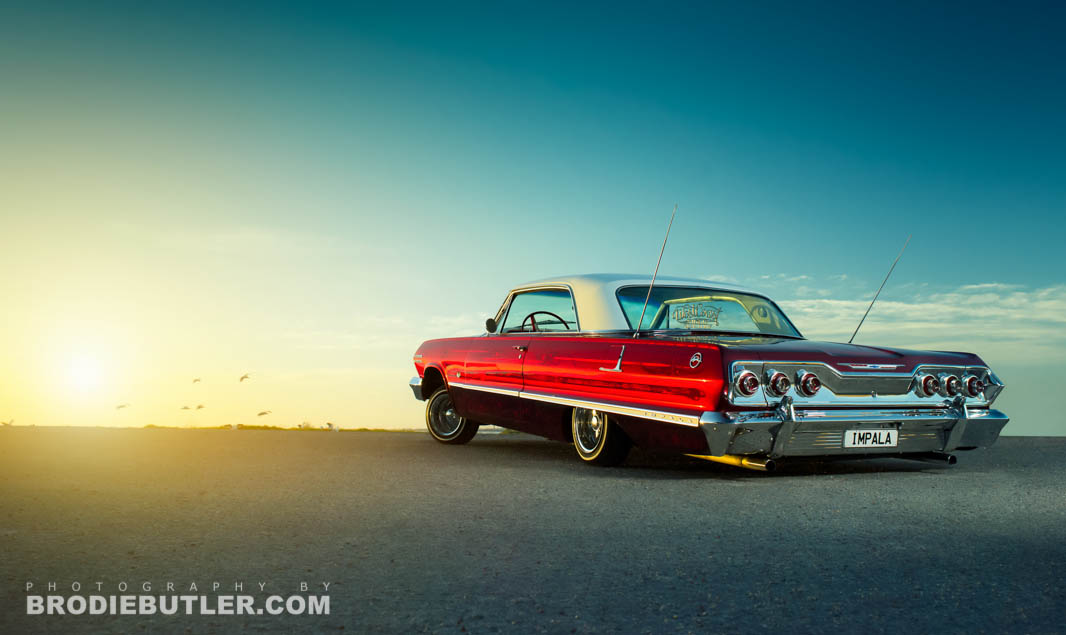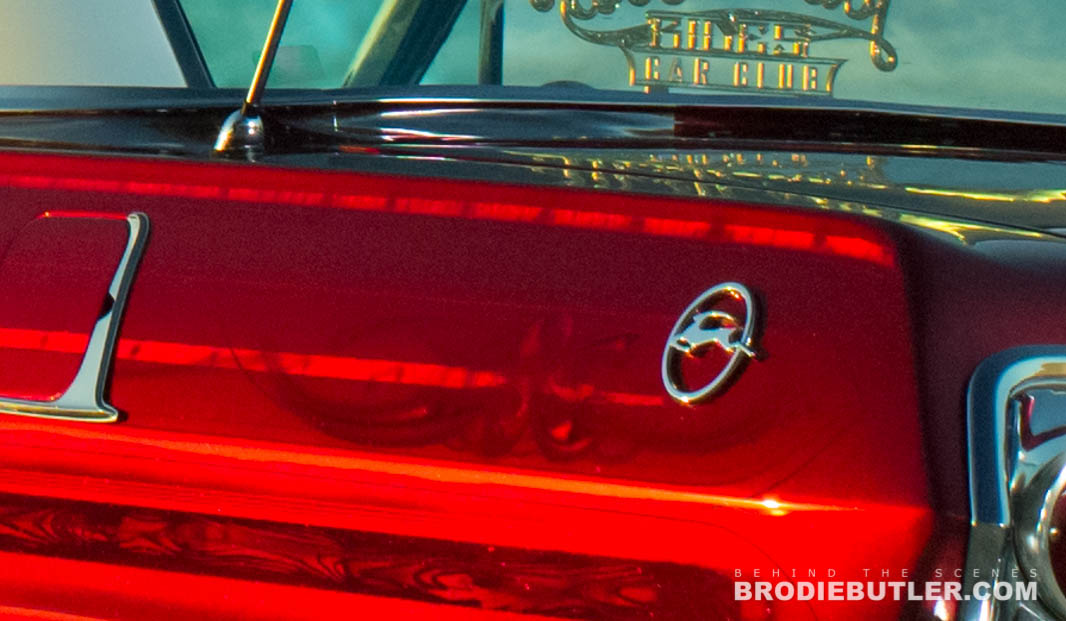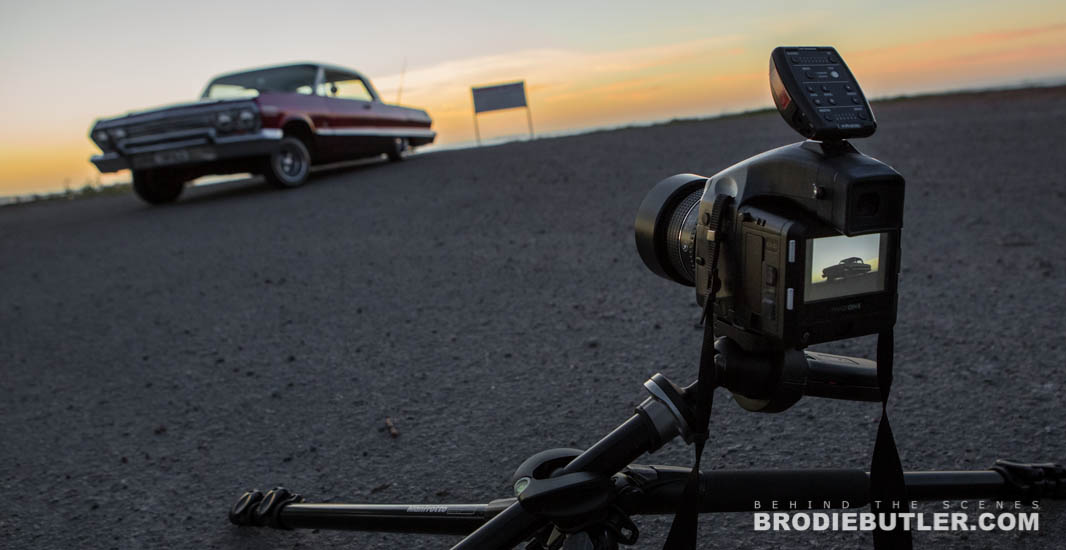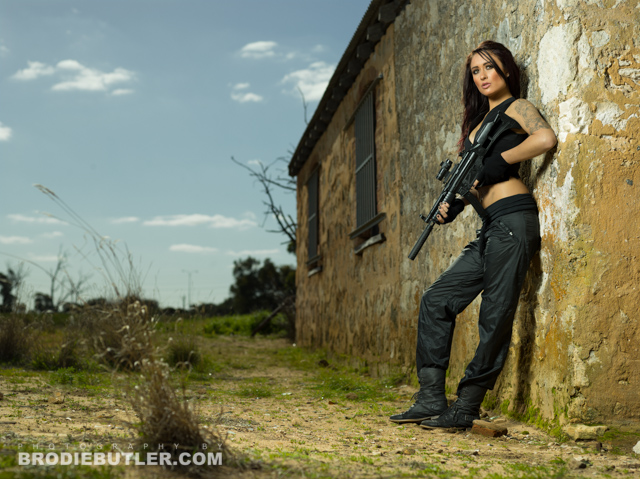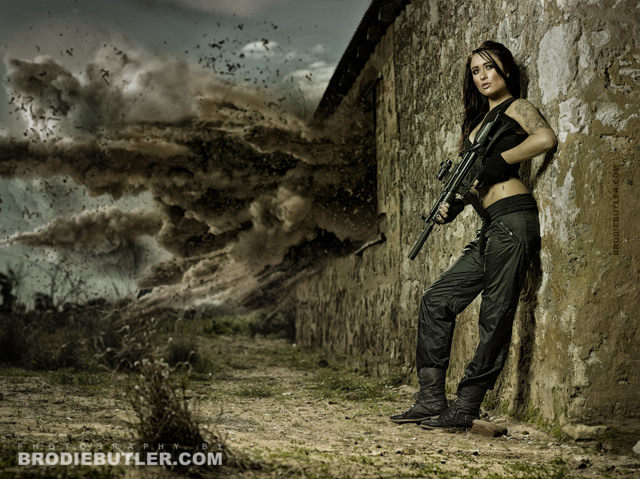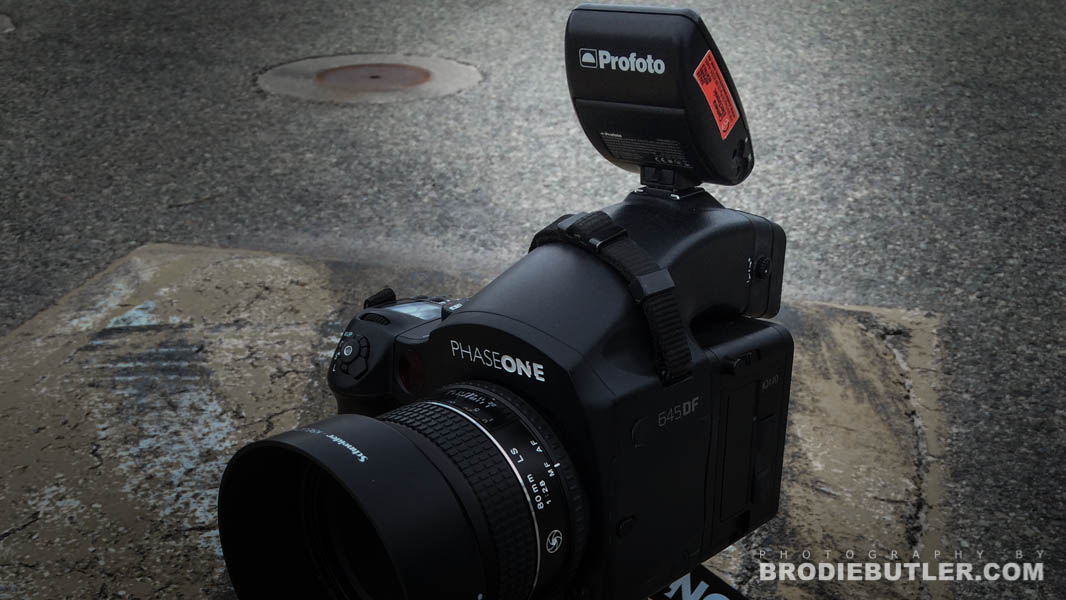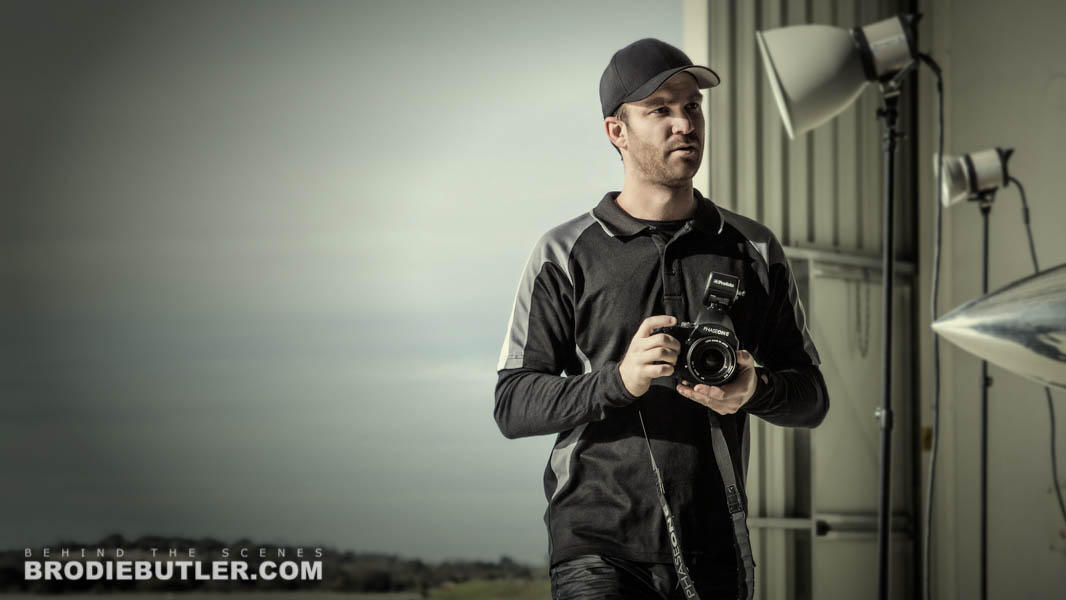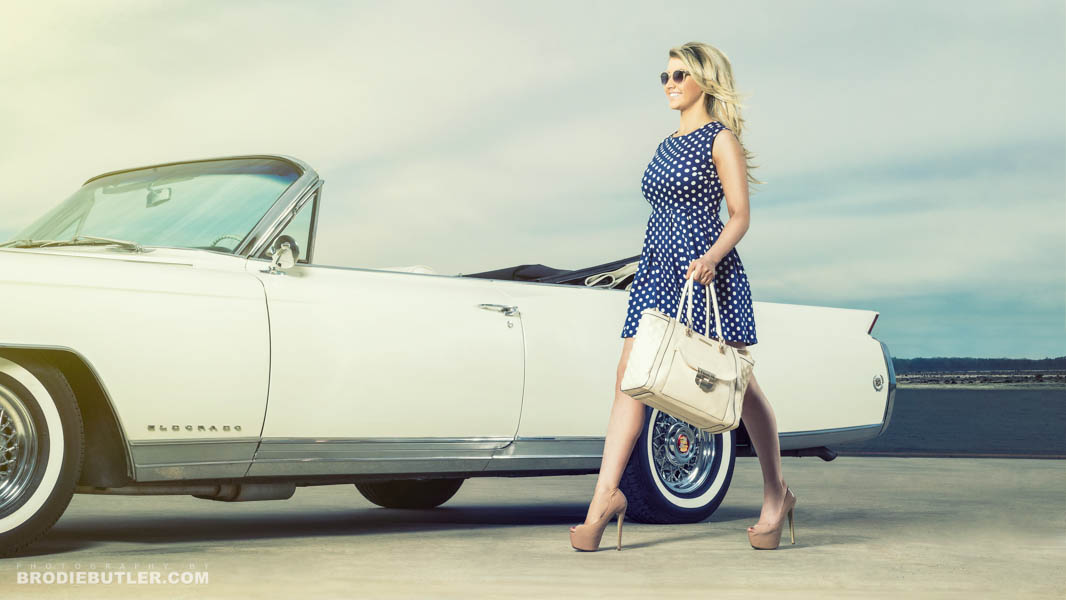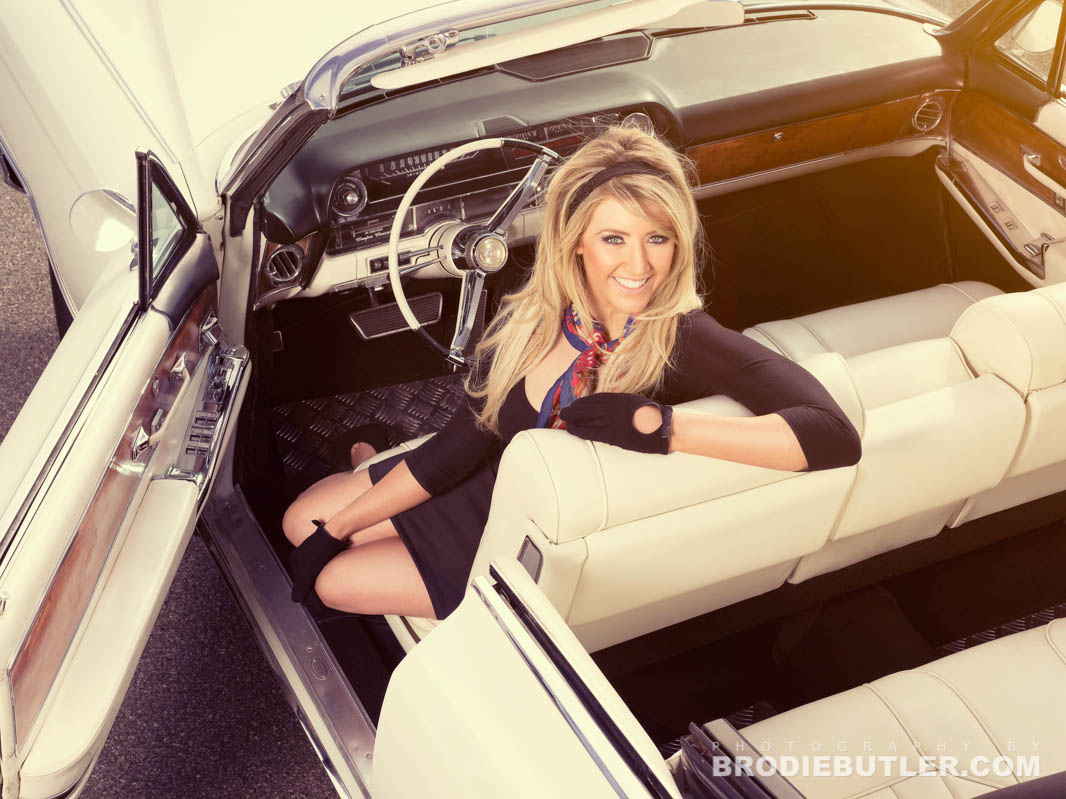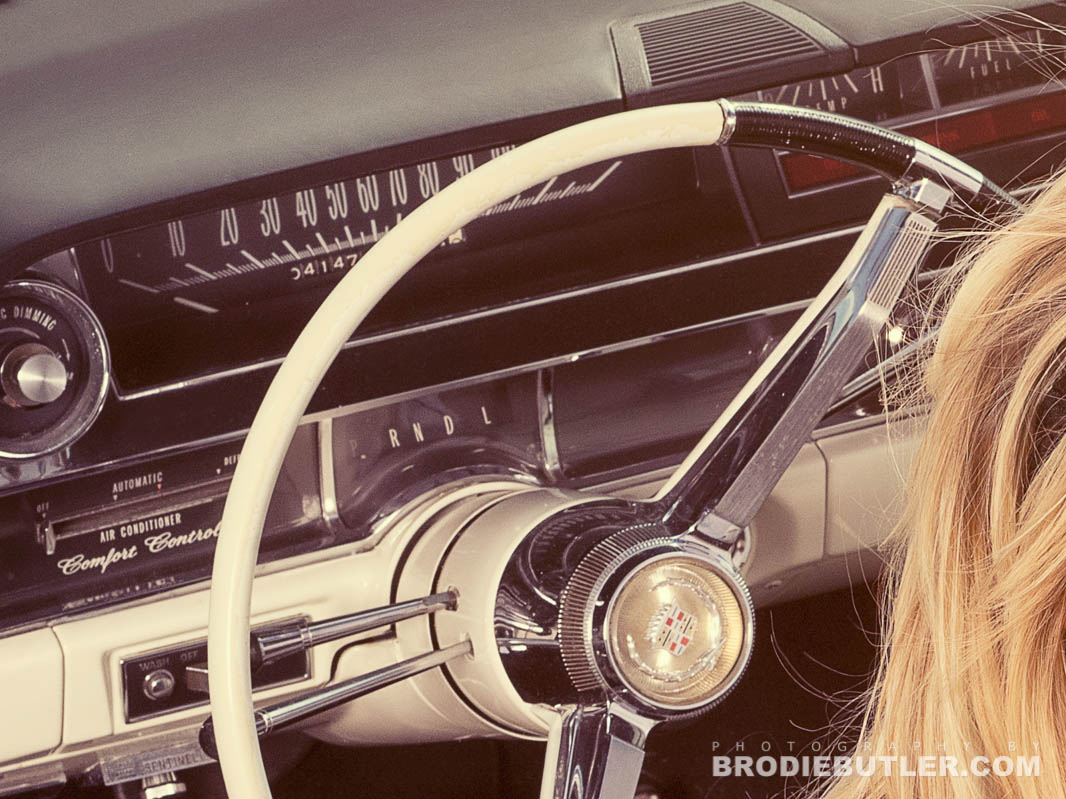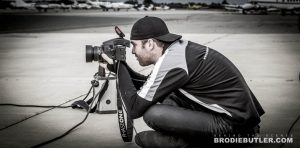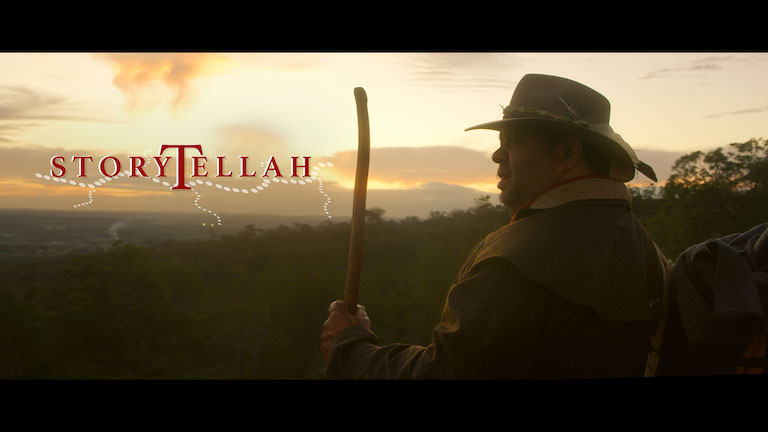Using a high end medium format camera system such as the Phase One is what a lot of photographers dream of. These incredible imaging devices are typically outside the reach of the majority of photographers due to their high cost and that makes them that much more desirable. That being said, as much as we all want to use one, they do serve a specific purpose and they wouldn’t be the choice of camera for a lot of us anyway. There’s a right tool for every job and while this is the pinnacle of image quality, it just isn’t the right tool for every job out there.
As a technical gear junkie I love being able to experience different camera systems and I had the pleasure of spending a weekend with the Phase One recently thanks to Team Digital, the W.A. agents for Phase One. The kit I had consisted of a Phase One 645DF body and IQ140 digital back, combined with some super sharp Schneider leaf shutter lenses. All stored safely in a solid Pelican case probably worth more than some peoples cameras alone.
This post won’t get too technical and we won’t be pixel peeping too much. There’s plenty of that out there on the internet. This is just a bit of a general walkthrough of my experience with the Phase One camera and sharing the images I took. I’ll run through some features that I do and do not like and hopefully spread some tips on all things photography.
Read On to see plenty more pictures from the Phase One!
THE CAMERA
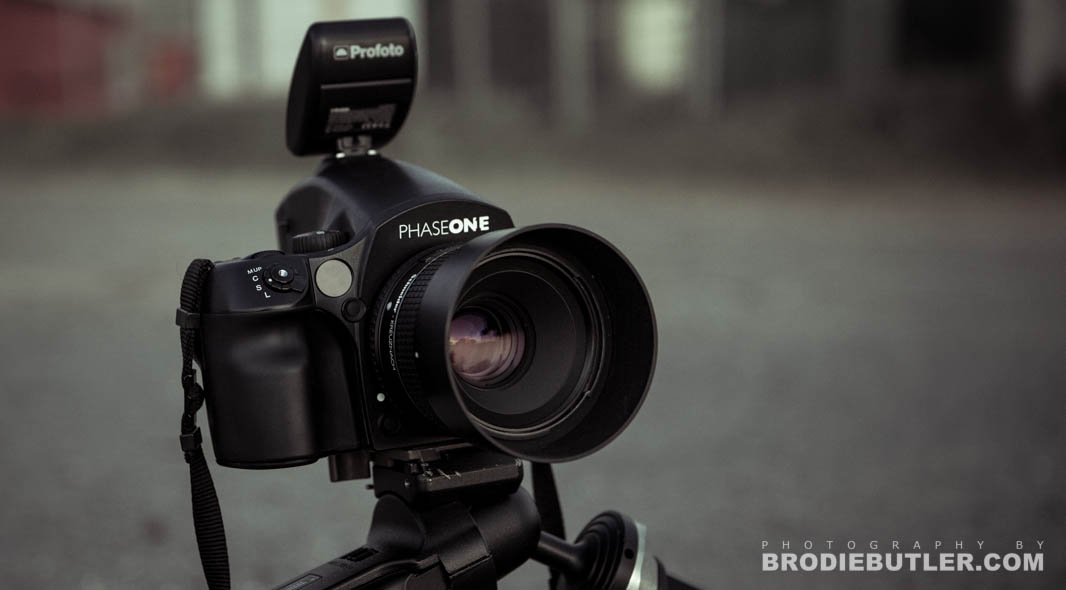
At first glance, the camera is quite large and heavy. Personally I like a heavy camera. I’ve always been a fan of battery grips on DSLR’s for that reason. I feel like weight helps add a bit of stabilisation, however small that might be. It’s a personal preference I guess. Ergonomically the camera sits quite nice in your hand, and is balanced quite well. It really makes you feel like a king walking around with it in your hand.
The IQ140 is 40 megapixels of awesome. The 1.3 crop sensor can capture 1.2 frames per second of 16bit, 40 megapixel images with 12.5 stops of dynamic range. Then there’s a 1.15 megapixel resolution 3.2″ touch screen on the back to see what you’ve captured.
Now Lets jump straight into it…
LOW LIGHT STRUGGLES
Poor form in low light is no secret with CCD sensors and you guessed it, the IQ140 digital back sports a CCD sensor. To test just what it was capable of I wrangled this absolutely beautiful Chevrolet Impala for some photos. You can definitely notice a significant difference as you ramp up the ISO from 50 to 400 and beyond. The iPhone-like touch screen on the back is really useful for zooming in and searching around the image to try and identify this on location.
Given that the camera captures so much detail I think the imperfections and noise from the poor low light performance become more noticeable. I have heard people recommend not to deviate from the 50 – 200 ISO range with this unit, but I pushed it a tad further and photographed the image at the top of this post at 400 ISO.
Now in this particular case I got away with it, but at full resolution you can notice the noise in there. It was manageable though and it doesn’t detract from the picture in this case. When I jacked it up to ISO 800, I think I deleted the image in-camera straight away. It was not pretty. This image is currently hanging up on the wall as a large print at the Team Digital showroom if you want to check it out for yourself and have a chat to Trevor about the camera.
The new digital backs released by Phase One recently are now CMOS sensors, and they handle low light really well. A much needed improvement for Phase. They don’t quite compete with the DSLR’s but are still much much better and heading very much in the right direction.
SWIPE LIKE A SMARTPHONE
The touch screen display on the back is kind of cool. You can swipe from photo to photo, zoom in by dragging your finger up and down the left side of the screen, and drag the image around easily once zoomed in. It’s very intuitive, especially for smartphone users. I really liked this functionality, It made things so easy. The menu system is really basic and simple to follow, but there are a few handy features that you may not discover straight away. Some require you to hold down your finger for example to reveal more options. If you watch a quick tutorial on the Phase One website it will showcase how to access all the features.
SLOW AND STEADY WINS THE RACE, OR DOES IT?
I’m usually a very productive person and I like to work fast. Especially when I’m competent about something and know exactly what I’m doing. I have always hated computers, or any kind of technology that can’t keep up with me. This is one thing that really bugged me about the Phase One camera. It is slow. Very slow. I’m not worried about the slow frame rate of 1.2fps, that’s expected and thats fine. I’m not shooting sports. My issue is with the amount of time it takes to capture, process, save and review the images. I understand these files are very large and high quality, but I would have thought in this day and age, with a much bigger and bulky camera it would be designed to handle the files faster. Just goes to show just how much quality and detail is actually going into each image from this thing!
A lot of photographers who have talked about these cameras see this as a positive thing. They talk about how they enjoy the camera forcing them to just slow down and think about what they are doing like they have had some sort of near death experience. I understand where they are coming from, and I suppose the sort of assignments that would warrant using this camera, would be a lot more susceptible to slowing down your workflow and thinking more carefully about what you’re doing.
I have had instances like that, but most the time I’m against the clock, I have a vision, I know what I’m doing, and I want to get on with it. So for me, it drives me a bit nuts. If I know what I’m doing, and I have a sun that’s 30 seconds away from disappearing, I don’t want to be waiting on feedback from my camera.
I rely heavily on the screen on the back of my camera. It’s a tool and I use it. It can be a useful guide to check my exposure but what I’m really look at, is the creative side of things. Is that image looking how I want it to look. Is it coming together how I want it to. Is detail showing up in a certain part. Will this image compose together with another. Things like that.
So when shooting this Impala, I was checking each image afterwards and wanting to zoom in to 100% to inspect and in the heat of the moment, it just took forever. I was shooting multiple images designed to be composed into a single shot later. So I can’t take the next shot until I know what the results of the last one were like. So this was a bit of a pain for me having to wait. I’m so used to instantly being able to move on with my 5DMKIII. I use very fast Compact Flash cards so the card was not at fault. The cameras are just a bit slow.
So with all that in mind, this isn’t really a deal breaker for this camera. It’s not like you have to wait 24 hours for it to be developed. It is something to be aware of though, because it may not suit the task at hand. When you really need the quality this camera delivers, it’s a small compromise.
REALISING THE DREAM OF HIGH SYNC SPEEDS
This image was photographed at 1/1600th second, F5.0, ISO 50 on Schneider LS 80mm, F2.8 Lens
My photography is heavily based on flash. So as a flash shooter, or strobist as you might say, I am always bound by this awful thing called sync speed. Which happens to be 1/125th of a second on my 5DMKIII and 5DMKII. (Yes you can go higher, cameras and triggers may differ, but to guarantee 100% of shots curtain free, you need to sit on 1/125th). So that means when I am out on location under the sun, I can’t speed up my shutter speed to block out any ambient light. I have to resort to using small apertures (high F number) or using Neutral Density filters to stop down the camera and cut out the light. This is so I can underexpose the ambient light from the powerful sun, and control the lighting on my subject with my own strobes. This way though, my poor strobes still need to fire away at full power or close to it to compete with the small amount of light being allowed in to the sensor.
So if I wanted to shoot at F2.8 in the middle of the day for a really nice shallow depth of field, I would have to lay on the Neutral Density filters over the lens to trick the camera into thinking its darker, so I can then open the aperture up to F2.8. However, the strobes still need to provide the same amount of light for the camera to see it through all that filtering.
Now with a leaf shutter medium format camera, this all changes for the better and it’s one of my favourite features. Leaf shutters work differently to generic DSLR cameras, and are capable of much higher sync speeds. In this case the Phase One 645DF with IQ140 digital back can handle up to 1/1600th of a second!
At this point, my little battery pack Elinchrom Ranger was jumping for joy and I’ll tell you why in a minute. In this shot above with Teneille I was able to underexpose the ambient light by using the shutter speed only. No neutral density filters required. So by cranking the Phase One’s shutter speed all the way down to 1/1600th of a second, I could open up the aperture to F/4.0 just to get a correct exposure for the ambient light. So I’m now effectively shooting with a nice shallow depth of field (especially given the larger sensor size) and all without the help of any neutral density filters. I actually bumped the aperture down to F/5.0 just to underexpose the ambient light a touch more, so my subject would stand out more once lit.
Now, how does my battery powered strobes benefit from all this? Well now that the camera is open at F5.0, I only need to dial in enough power in my strobes to get a light meter reading of F/5.0 for a correct exposure. This obviously requires a lot less power and is nowhere near full power. Remember; your aperture controls the flash, your shutter speed controls the ambient light. So I was able to lower the power on my Elinchrom Ranger pack down (I forgot what it was) which gives me much much faster recycle times, and will make the battery last a lot longer. Being able to do this gives you so much more flexibility, and can save the need for filters. It also allows you to take fast paced action shots using flash now that you’re on such a fast shutter speed! Very, Very cool.
TRIGGERS ARE IMPORTANT
Now you can’t just go shooting at 1/1600th of a second with flash using any old triggers. A lot of china made triggers won’t get you very far, they might max out at 1/320th, maybe more (yes there are specific high speed ones out there now). The industry standard Pocket Wizards (at least they used to be) will get you up to 1/500th and maybe 1/800th if you’re lucky and depending on the model. If you want a bulletproof solution though, go for the Profoto Triggers. Yes, they are pricey but these bad boys are about the only reliable solution that will get you to 1/1600th of a second while using flash. Plus they are a real good incentive to eventually upgrade to Profoto lights one day, which I know we all dream of.
Can’t afford triggers but somehow afforded a Phase One? Well keep in mind, you can always use a sync cable to your lights and this should be capable of these high shutter speeds without any problems. It’s just the wireless triggers you need to be careful with. I picked up my Profoto triggers from the Profoto dealers here in Perth, Camera Electronic on Stirling St in Northbridge. They stock all your Pocket Wizard triggers, Profoto and more.
TIMING IS EVERYTHING
One thing I love about this camera, is the ability to manually dial in how long you want the automated timer to be. Well it may not be complete manual control but there’s a lot more options to choose from than most standard cameras. 1 second, 2 second, 5 second and more. It’s just a great little feature. I remember before the 5DMKIII came out I was stuck with using a 10 second timer which was a huge waste of time when you’re only trying to save yourself some camera shake. With the Phase, I simply set it to 1 second and you can get a nice shake-free shot. Sure you could use a remote trigger, but with a one second timer I didn’t bother.
Sorry this shot above doesn’t actually show the timer setting, but it will appear in that top LCD screen on the right there. This is just a top down view for you to see.
FOCUS ON WHAT’S IMPORTANT
The best thing about the Canon DSLR’s, specifically the 1DX, 1DC and the 5DMKIII is their brilliant 61 point focus system. It’s awesome. Focusing on a subject has never been easier. It makes focusing on your subject so much easier and more importantly, saves you having to recompose your shots quite a lot, which as we all know essentially changes the focal plane. Doing this at very shallow depths of field isn’t so good. The Phase One didn’t have 61 points, it had one. Well technically I think there’s 3 points in there that the camera uses to focus but you can only see them combined as one in the centre through the viewfinder. This is a sucky limitation of these medium format cameras and I can see it being a real problem if you wanted to shoot portraits, especially at shallow depths of field like at F2.8.
Fortunately for me I wasn’t using the camera for any of my usual portrait or modelling work so I didn’t really run into any major issues with this but a few times I had troubles trying to auto focus. The camera would “hunt” for focus and it’s hard to help it because you cant specify the exact pinpoint where you want it to focus. Since I was shooting cars at smaller apertures (larger depths of field) is another reason I didn’t have to worry too much about this shortfall and I could recompose without worrying about my focus too much.
I know a lot of professionals like to manual focus these cameras, but I guess it all comes down to what you’re shooting and how good your eyesight is.
CAPTURE THIS
So it’s fairly well known that Capture One has been somewhat the Industry Standard RAW processing software. This is probably true more-so in the commercial space, whereas Adobe’s Lightroom probably takes the cake for everyone else and the entry level shooters. Aperture? what’s that? However, Capture One is also widely known for being notoriously buggy. Capture One likes to crash. It might as well be a Microsoft product because it loves a restart to get things going. Ok that might be a little harsh, but it sure does some funny things. I think the bugs are just far and few between enough for people to still love using it. You can read more on Capture One till the cows come from doing a search on google so I won’t go into the specifics, just know that it’s a good RAW conversion solution with a lot of power.
I did a lot of shooting tethered to Capture One while I was using the Phase and I certainly liked how quick it was and it’s ability to automatically detect the camera and continue shooting. Was certainly a bit nicer than Adobe’s Lightroom tether solution which is incredibly, incredibly slow. The software is quite powerful you just need to sit down and spend some time with it. Phase One offer simple tutorials on their website to help get you going which is great.
If you buy a Phase One camera, the software automatically detects the camera (providing you tether to it) and unlocks the software. The assumption being if you buy a Phase One, you get the software for free. I suppose you’d bloody expect to at the price of the camera!
I personally use Adobe Lightroom the rest of the time and I continue to do so. I have become accustomed to it and it can do everything I need. Capture One, while awesome and powerful, didn’t really do anything that amazed me enough to make me switch. I’m not ruling that option out just yet though, there’s still more exploring and testing to do when I get time.
IT’S ALL IN THE DETAILS
Here is an image of Elise Natalie in a very nice Cadillac Eldorado from the 1960’s. The detail in this shot is incredible. While I am focused on Elise eyes, you can still pick up incredible detail in all the dashboard and everywhere else. The clarity of the images that come out from this sensor are amazing. These images won’t really do it justice, you need to see it for yourself. I’m sure there are better examples and comparisons on the internet.
WRAP IT UP
So all in all it was a very pleasant experience. There were some teething problems to begin with, which can be expected with any new camera really. Once I got everything ironed out though it was quite dreamy. I am certainly glad that I have spent the time and done the initial testing, so now I can feel confident attacking jobs with this camera in the future. It is certainly something I will push to my clients that I think will benefit from the power of medium format, and I certainly look forward to our next project together! There’s probably a lot more I could cover, but it’s only a few clicks away on google.
Thanks for dropping by! Feel free to ask any questions in the comments!
Brodie.

